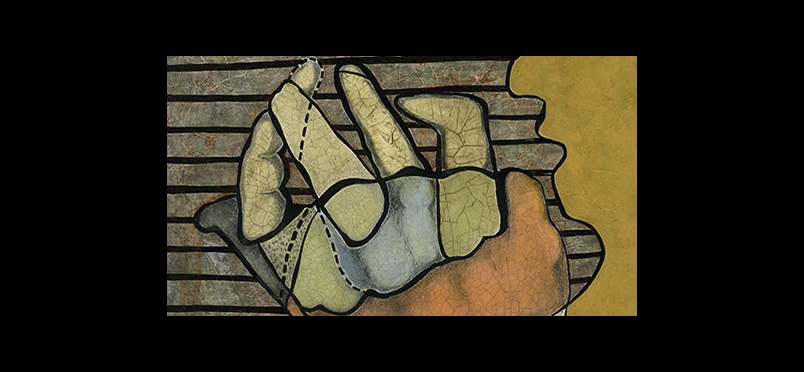| arthritis
Joint Stiffness vs Pain as Early Indicator

Polyarticular Juvenile Idiopathic Arthritis
Polyarticular juvenile idiopathic arthritis affects 1 in 1,000 people under the age of 20 in the United States. A study abstract poster featured at the American College of Rheumatology’s annual conference reports findings from investigators at the Hospital for Special Surgery (HSS). Researcher Nayimisha Balmuri, MD, a third-year pediatric rheumatology fellow at HSS and lead author of the study, stated, “Polyarticular juvenile idiopathic arthritis looks a lot like rheumatoid arthritis in adults. Early diagnosis is essential to help keep the disease in remission, ensure children meet developmental milestones and delay or prevent joint destruction as they age. Reported morning joint stiffness may be a better indicator of early disease symptoms than pain since reporting pain can be influenced by cultural factors. Our findings underscore the importance of early referral of suspected cases for expert diagnosis and treatment.”
Factors included in the study: guardian level of education, family income, and rheumatoid factor and anti-cyclic citrullinated peptide antibody status. The study concluded that of the >1650 patients, there is “a significant inverse association between family income level and duration of morning stiffness. It is possible that this may be a reflection of increased reporting of stiffness in low income families. Further studies to see association of social determinants of health on morning stiffness are warranted not only in polyarticular juvenile idiopathic arthritis but also in other forms of juvenile idiopathic arthritis to further understand these associations.”
Read the press release.
Read the study abstract.
Other Categories:
Did you enjoy this article?
Subscribe to the PAINWeek Newsletter
and get our latest articles and more direct to your inbox

